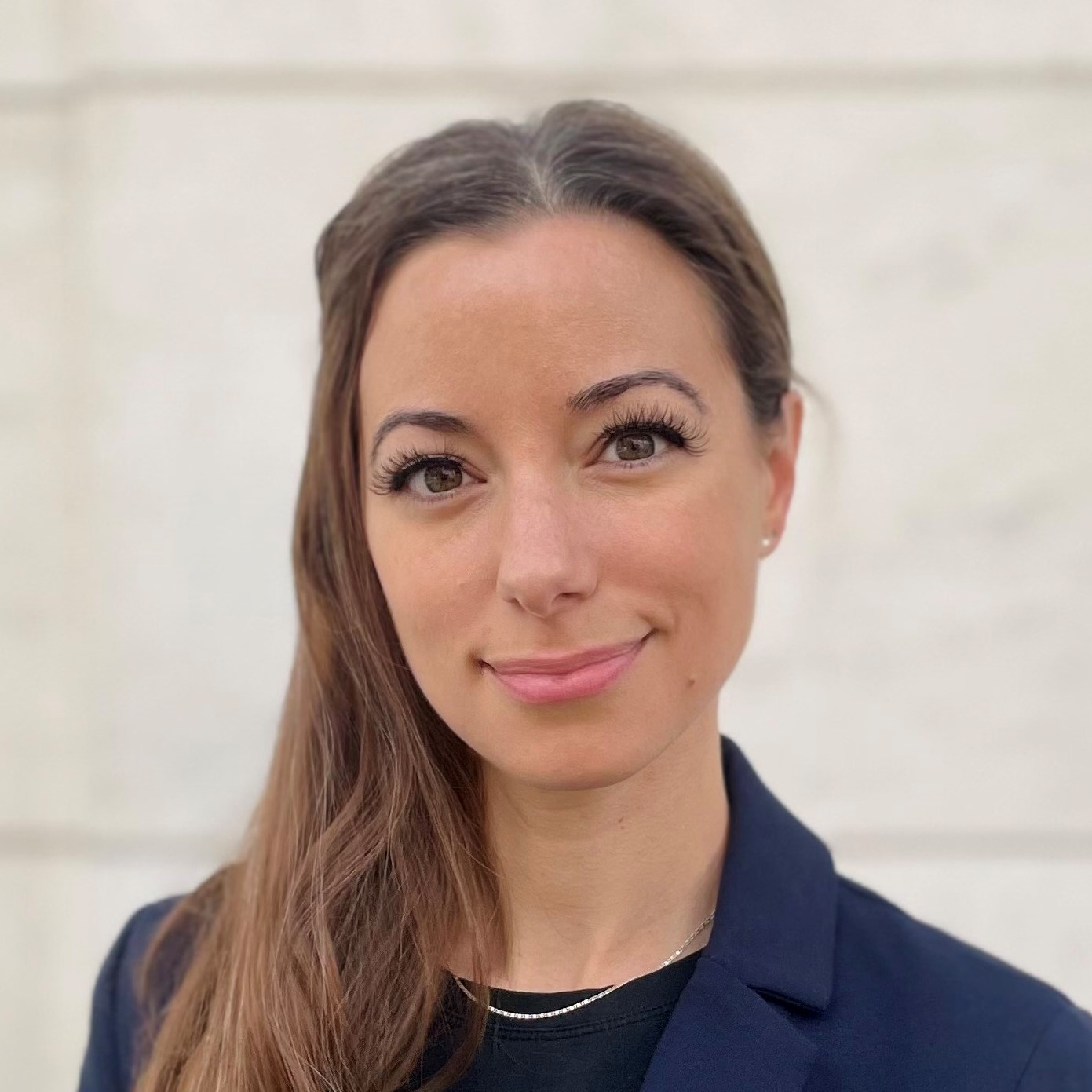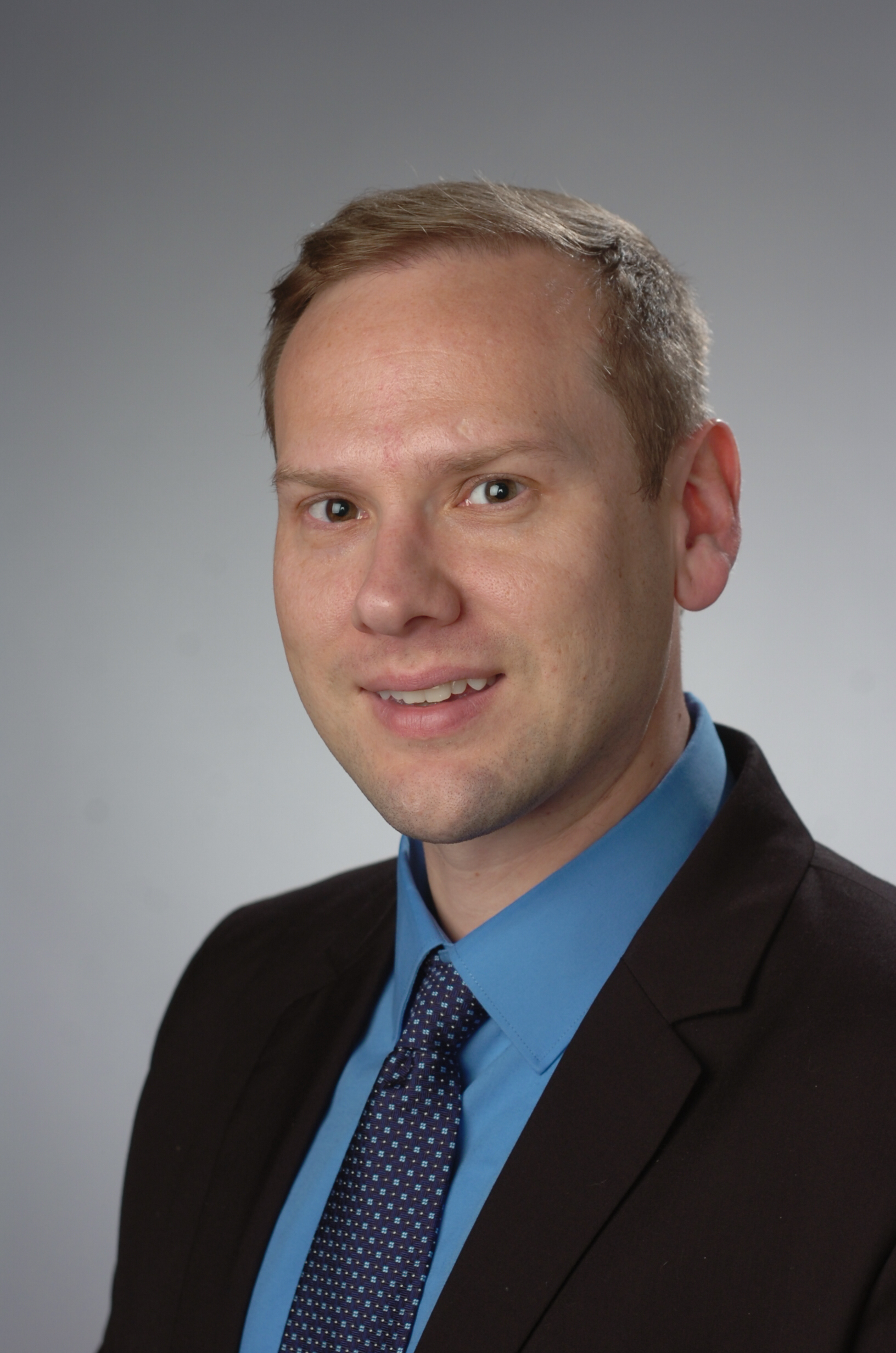PhonBank Clinical English PERCEPT-GFTA Corpus

|
Nina Benway
Communication Sciences and Disorders
Syracuse University
nbenway@syr.edu
website
|

|
Jonathan Preston
Communication Sciences and Disorders
Syracuse University
jopresto@syr.edu
website
|

|
Elaine Hitchcock
Communication Sciences and Disorders
Montclair State University
hitchcocke@montclair.edu
website
|

|
Tara McAllister
Communication Sciences and Disorders
New York University
tkm214@nyu.edu
website
|
| Participants: | 350, ages 6-17, some adults |
| Type of Study: | clinical, cross-sectional |
| Location: | USA |
| Media type: | audio |
| DOI: | doi:10.21415/1H2C-8G56 |
Browsable transcripts
Phon data
CHAT data
Link to media folder
Citation information
- Benway, N. R., Preston, J. L., Hitchcock, E. R., Salekin, A.,
Sharma, H., & McAllister, T. (2022). PERCEPT-R: An Open-Access American
English Child/Clinical Speech Corpus Specialized for the Audio
Classification of /ɹ/. INTERSPEECH 2022: Proceedings of the 23rd Annual
Conference of the International Speech Communication Association (ISCA),
Incheon, Republic of Korea.
- Preston, J. L., Hull, M., & Edwards, M. L. (2013). Preschool speech
error patterns predict articulation and phonological awareness outcomes
in children with histories of speech sound disorders. American Journal
of Speech-Language Pathology, 22(2), 173-184.
- Preston, J. L., Leece, M. C., McNamara, K., & Maas, E. (2017).
Variable practice to enhance speech learning in ultrasound biofeedback
treatment for childhood apraxia of speech: A single case experimental
study. American Journal of Speech-Language Pathology, 26(3), 840-852.
- Preston, J. L., Brick, N., & Landi, N. (2013). Ultrasound
biofeedback treatment for persisting childhood Apraxia of speech.
American Journal of Speech-Language Pathology, 22(4), 627-644.
- Preston, J. L., Leece, M. C., & Maas, E. (2016). Intensive
treatment with ultrasound visual feedback for speech sound errors in
childhood apraxia. Frontiers in Human Neuroscience, 440. DOI:
https://doi.org/10.3389/fnhum.2016.00440
- McAllister Byun, T., Hitchcock, E. R., & Ferron, J. (2017). Masked
visual analysis: Minimizing type I error in visually guided single-case
design for communication disorders. Journal of Speech, Language, and
Hearing Research, 60(6), 1455-1466. \
- McAllister Byun, T., &
Campbell, H. (2016). Differential effects of visual-acoustic biofeedback
intervention for residual speech errors. Frontiers in Human
Neuroscience, 10, 567.
- McAllister Byun, T. (2017). Efficacy of visual–acoustic biofeedback
intervention for residual rhotic errors: A single-subject randomization
study. Journal of Speech, Language, and Hearing Research, 60(5),
1175-1193.
- McAllister, T., Hitchcock, E. R., & Ortiz, J. A. (2021).
Computer-assisted challenge point intervention for residual speech
errors. Perspectives of the ASHA special interest groups, 6(1), 214-229.
- McAllister, T., Preston, J. L., Hitchcock, E. R., & Hill, J.
(2020). Protocol for correcting residual errors with spectral,
ultrasound, traditional speech therapy randomized controlled trial
(C-RESULTS RCT). BMC Pediatrics, 20(1), 1-14.
- Benway, N. R., Hitchcock, E. R., McAllister, T., Feeny, G. T.,
Hill, J., & Preston, J. L. (2021). Comparing biofeedback types for
children with residual/ɹ/errors in American English: A single-case
randomization design. American Journal of Speech-Language Pathology,
30(4), 1819-1845.
- McAllister Byun, T., Swartz, M. T., Halpin, P. F., Szeredi, D., &
Maas, E. (2016). Direction of attentional focus in biofeedback treatment
for /r/ misarticulation. International Journal of Language &
Communication Disorders, 51(4), 384-401.
- Preston, J. L., Hitchcock, E. R., & Leece, M. C. (2020). Auditory
perception and ultrasound biofeedback treatment outcomes for children
with residual/ɹ/distortions: A randomized controlled trial. Journal of
Speech, Language, and Hearing Research, 63(2), 444-455.
- Preston, J. L., & Leece, M. C. (2017). Intensive Treatment for
Persisting Rhotic Distortions: A Case Series. American Journal of
Speech-Language Pathology, 26(4), 1066-1079.
- McAllister, T., Eads, A., Kabakoff, H., Scott, M., Boyce, S.,
Whalen, D. H., & Preston, J. L. (2022). Baseline Stimulability Predicts
Patterns of Response to Traditional and Ultrasound Biofeedback Treatment
for Residual Speech Sound Disorder. Journal of Speech, Language, and
Hearing Research, 1-21.
- Sjolie, G. M., Leece, M. C., & Preston, J. L. (2016). Acquisition,
retention, and generalization of rhotics with and without ultrasound
visual feedback. Journal of Communication Disorders, 64, 62-77.
- McAllister Byun, T., Hitchcock, E. R., & Swartz, M. T. (2014).
Retroflex versus bunched in treatment for rhotic misarticulation:
Evidence from ultrasound biofeedback intervention. Journal of Speech,
Language, and Hearing Research, 57(6), 2116-2130.
- Ayala, S.A., Eads, A., Kabakoff, H., Swartz, M., Shiller, D.M.,
Hill, J., Hitchcock, E.R., Preston, J.L., & McAllister, T. (Under
review). Auditory and Somatosensory Development for Speech in Later
Childhood. DOI 10.17605/OSF.IO/BKASM
- Preston, J. L., Caballero, N. F., Leece, M. C., Wang, D., Herbst,
B. M., & Benway, N. R. (2023). A randomized controlled trial of
treatment distribution and biofeedback effects on speech production in
school-age children with apraxia of speech. Journal of Speech, Language,
and Hearing Research, 1-23. doi:10.1044/2023_JSLHR-22-00622
In accordance with TalkBank rules, any use of data from this corpus
must be accompanied by at least one of the above references. Please cite
all papers relevant to the portion of the corpus used in your own
research.
Project Description
Data for PERCEPT-GFTA were drawn from 17 studies that are published
or under review and 4 studies that have not yet been submitted for peer
review. The majority of talkers in this corpus were children and
adolescents aged 6-17; adult talkers are included in one sub-corpus.
Participants were required to speak American English as a dominant or
equally dominant language. They were recruited from sites in New York
and New Jersey, USA. Information about the number of participants in
each study and their range of ages can be found in
this table.
Individual-level age and sex information is provided as part of the
corpus records.
The corpus is divided into four sub-corpora reflecting different
talker categories. These categories include (1) children with a history
of speech sound disorder (SSD) in the preschool years, (2) children and
adolescents recruited for suspected Childhood Apraxia of Speech (CAS),
(3) children, adolescents, and young adults recruited for suspected SSD
affecting rhotic production, (4) children and adults characterized by
typical speech production.
The recordings presented here are isolated words, as well as some
multi-word phrases, elicited in the context of the Goldman-Fristoe Test
of Articulation (GFTA). Table 1 contains information about the edition
of the test used (GFTA-2 or GFTA-3). Most of the component studies were
conducted in the lab setting, with audio recorded using a
participant-worn headset (e.g., AKG C520) or lavalier mic (e.g.,
Sennheiser MKE 2). Each record in the corpus contains an orthographic
and IPA target record for the utterance in question. IPA transcription
of participants’ actual productions has not been obtained to date.
For additional detail, see publication (1) listed below, or any of
the publications linked to sub-corpora, as indicated in Table 1.
The files that make up this corpus are formatted for use with Phon
software. An additional version of the same corpus, formatted for ease
of use in training of Automated Speech Recognition (ASR) systems, can be
found in the Derived Corpora section at
https://phonbank.talkbank.org/derived/.



